The divine beauty of Himachal Pradesh yielded the name Devbhumi -- "Land of the Gods", to it. The beautiful hill station in the lap of north-west region of western Himalayas is landlocked with the Tibetan plateau to the east, Jammu and Kashmir to the north, and the Punjab to the west. The state's diverse topography ranges from vast tracts of high-altitude Trans-Himalayan desert to dense green deodar forests. The weather remains pleasant all the seasons. The summer temperature remains around 28 °C and that in winter is around 7 °C.
Place to see in Himachal Pradesh
RajgarhRajgarh or Peach valley is a lush green valley in Sirmaur district. Naturally bountiful Rajgarh is also a trekking site. The Shaya temple dedicated to Lord Shirgul and Baru Sahib Gurdwara are the important religious spots in the town. Kheri is a charming place on the banks of a tributary of the Giri River.
Habban ValleyThe enchanting lively valley is crowded with populace of pine, fir, kail, baan and deodar besides orchards of apples and peaches. Sometimes Habban has snow fall in winters and the climate remains pleasant all round the year.
PragpurPragpur in Kangra valley is the heritage village located 2000 feet above sea level. Several streams flow into the river Beas and holds historic, religious and cultural importance. Following rich flora and fauna along with its reasonable climate Pragpur and its surroundings are ideal for village tourism.
The Taal or pond in Pragpur village is surrounded by many heritage structures-the Nehar Bhawan; Naun; an inn named Dhuni Chand Bhardial Serai and Radha Krishna Mandir.
Butail NiwasLala Buta Mal constructed this six floor apartment for his 6 sons. This building surrounds a courtyard. In warmer weather, this courtyard is flooded with water brought by the Butails from Nalsuyah Khad to provide cooling.
NakkiNakki Lake is elderly beautiful water point which falls into small reservoirs. People use this for various domestic purposes.
Fort of SujanpurRaja Abhaya Chand of Kangra erected fort of Sujanpur in 1758. The old fort is worth visiting. Raja Sansar Chand who patronised Kangra School of miniature paintings once resided here. The shrines and wall paintings of the fort are pleasure to watch.
Kangra FortThe Kangra Fort atop the flat mountain is situated on Shimla-Mataur national highway. The Kangra Fort is also known as Nagarkot. The lofty, strong and invincible fort is historically significant. The fort is more charming for the beauty of its structure. The museum at the entrance treasures photographs of the fort prior to the earthquake of 1905, stone sculptures, carvings, idols and many other artifacts.
The fort has 7 gates; each of which is named after its winners like Jehangir, Ranjit Singh and the British. The walls have embossed idols of the fort. There are two temples in near it, they are; Lakshmi Narayan temple, the Ambika temple and a Jain temple of Adi Narayan.
The fort attracts tourists and the pilgrims visiting Kangra.
Great Himalayan National ParkThe National Park in Kullu spreads in 754 sq. km. and is covered with temperate and alpine coniferous forests. The area is the home to many important wildlife species of Western Himalayas.
Deotsidh Temple, Bhakra Nangal Dam, Shri Naina Devi temple and Maharana Pratap Sagar are also worth visiting.
Hill stations in Himachal PradeshChail, Shimla, Kullu-Manali, Dharamshala, Dalhousie, Kasauli, Kufri, Nalagarh, Solan are some of the most famous hill stations of Himachal Pradesh.

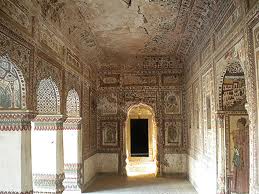
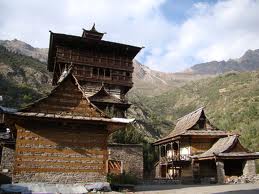
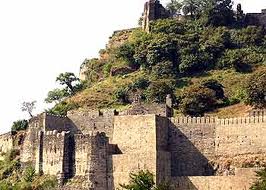
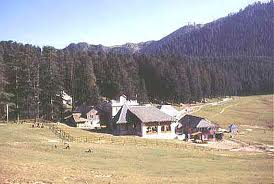

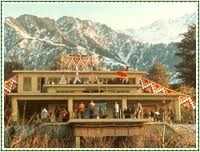
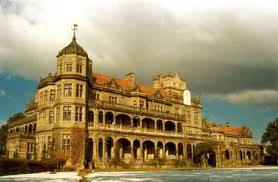




Wild Life Parks